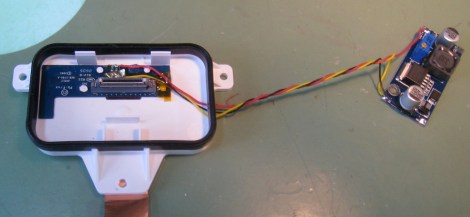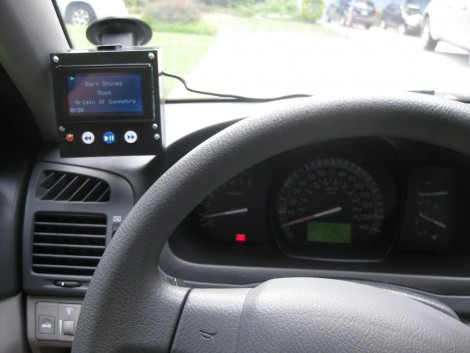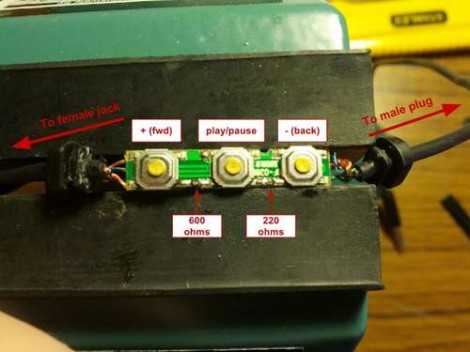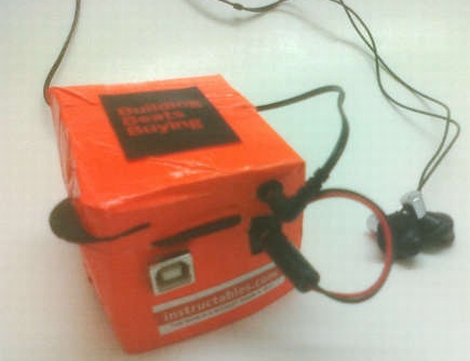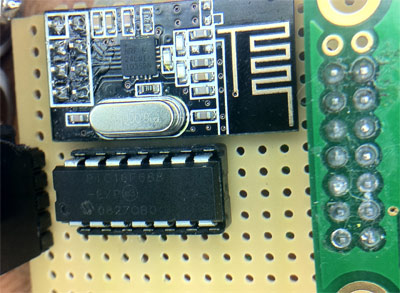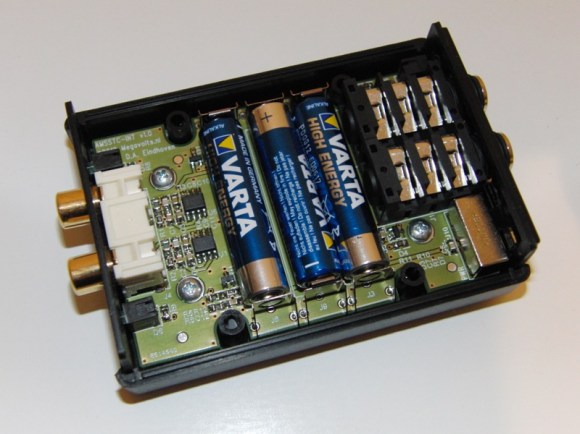
This pass through audio modulator lets you playback stereo audio on two Tesla coils. But don’t fret, you can just use mono files if you only have one coil on hand. On one side there are inputs that connect to the audio source. The other side drives the Tesla coil, switching it on and off based on the relationship between a reference voltage and the audio signal. As you can hear in the video after the break this sounds great as long as you have the right kind of source audio.
The song played in that clip is the Duke Nukem 3D theme. [Daniel] started with a MIDI file and removed the chimes and drums to make the playback a little cleaner. The demo uses just one coil because the other was destroyed during testing when feedback between the two became a problem.
For some reason this reminds us of that singing Tesla coil hat. If you’re already on our mailing list (sign up in the sidebar) you know we’re getting pretty close to unveiling our own awesome Tesla coil project. It doesn’t sing… yet.
Continue reading “Modulator Box Connects IPod To Tesla Coil”

